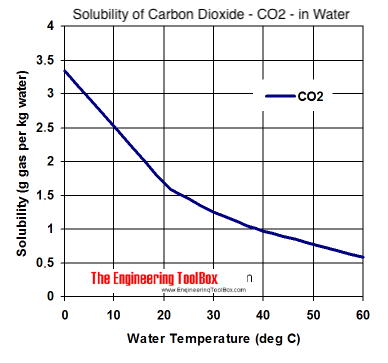I_Smell_Fish
New Member
- Joined
- Oct 10, 2016
- Messages
- 56
- Reaction score
- 3
I have a 15 gallon planted tank with high output light. I use liquid CO2 that I dose everyday, which is Excel. I also use plant fertilizer twice a week, which is Excel Flourish.
1. Is liquid CO2 adequate, as opposed to injected CO2?
2. Is liquid fertilizer adequate or are the tablets better, or something else?
I have giant hair grass and some sort of rotala. The tank is new so they are growing fine at this point, but I don't want them to die.
Thank you,
Darrien
1. Is liquid CO2 adequate, as opposed to injected CO2?
2. Is liquid fertilizer adequate or are the tablets better, or something else?
I have giant hair grass and some sort of rotala. The tank is new so they are growing fine at this point, but I don't want them to die.
Thank you,
Darrien



